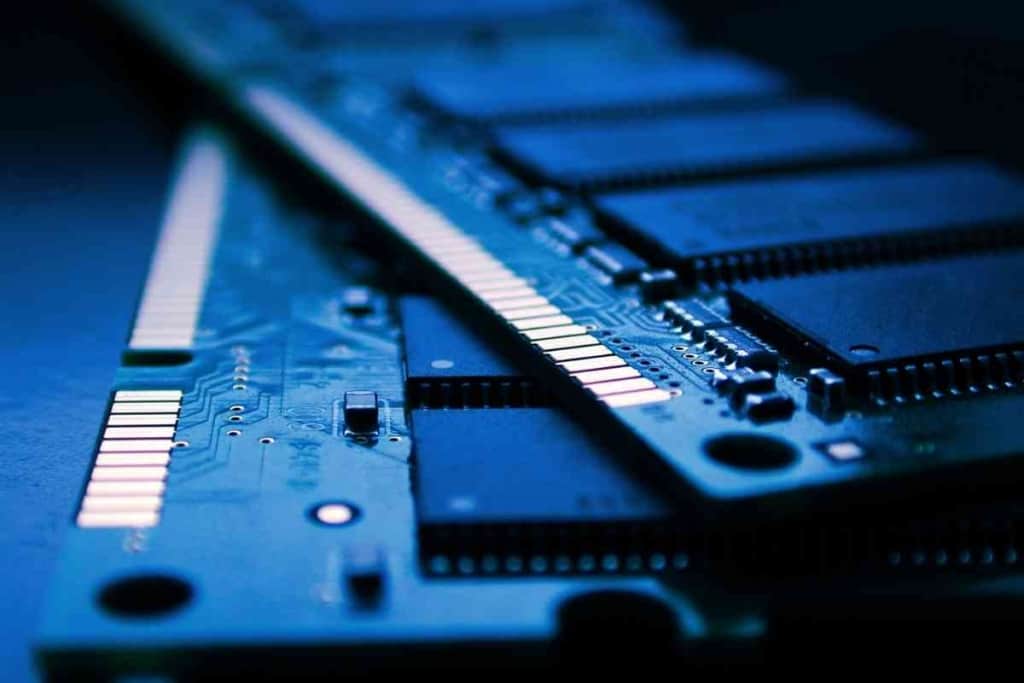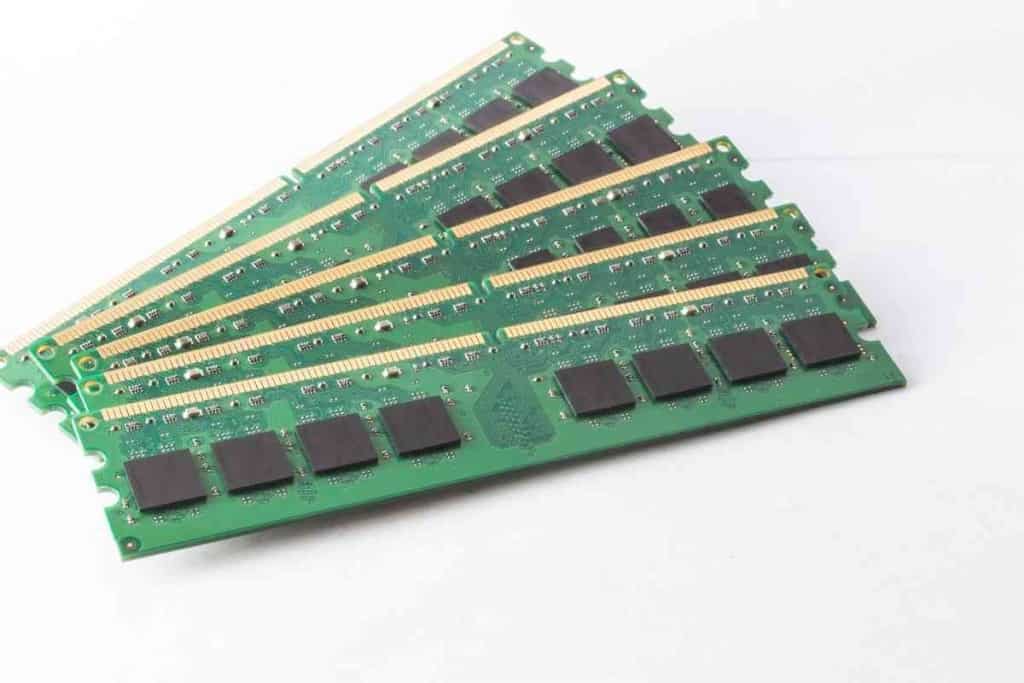How Much RAM Do iPhones Have? Explained!
You’ve got an iPhone or are researching one. Wanting to know a little about performance – you might wonder how much RAM iPhones have.

Table of Contents
- How much RAM is in an iPhone?
- What does RAM do?
- Does the iPhone have enough RAM?
- Does Apple say how much RAM is in their phones?
- Can I add more RAM to my Apple?
- Will my Apple “slow down” eventually?
- When possible, is it worth getting more RAM with an iPhone?
- Key Takeaways
How much RAM is in an iPhone?
The amount of RAM in a phone depends on the model. The recently launched iPhone 14 has 6GBM in every model. The previous edition, called the iPhone 13, has 4GB in basic models and 6GB in Pro models. RAM amounts do make a difference in performance, which we’ll address.
We’ve done plenty of research on phones – both for writing about them and for friends and ourselves buying them. While Apple doesn’t tend to talk much about hardware specs, we learn about it anyway. We’ll discuss what amount of RAM iPhone models have as well as why these numbers matter.
The amount of RAM varies based on the edition of the iPhone. More recently, Apple started putting the same amount of RAM in all their models, regardless of price.
iPhone 13
The iPhone 13 model had various amounts of RAM. The iPhone 13 Mini and iPhone 13 had 4GB of RAM. Apple added more RAM to the more upgraded Pro models and they had 6 GB RAM.
iPhone 14
While the iPhone series included a base model, a Plus model, Pro, and Pro Max, all of these models of iPhone had 6GB of RAM.
What does RAM do?

RAM isn’t an animal, or a truck, unlike the brand name. Instead, RAM stands for Random Access Memory.
A phone, laptop, desktop, or tablet typically has both RAM and a storage drive. The RAM handles the apps that are currently open and helps run your interactions with the operating system. The hard drive, or storage space, is to hold the apps and files that you don’t use all that often.
The biggest difference is that RAM tends to be much faster, but used in much smaller quantities. The hard drive with its storage space is often several times the storage capacity of the RAM but is not as fast.
When you open an app, the data is sent from the device’s hard drive or storage space and into RAM. When you close the app or stop using it, the app moves back to the storage space.
Does the iPhone have enough RAM?
Generally, yes. Bigger and more robust apps do tend to use more and more RAM, but Apple has also installed more and more RAM in each generation of iPhone.
Overall, people who recently bought a new iPhone don’t tend to complain that the phone is too slow.
In the future, iPhone and other brand apps will probably become bigger and need more RAM. Apple has adjusted the amount of RAM included in their phones several times in the past and will do so again.
Multitasking and RAM
Some iPhones are capable of running two apps at the same time, within the same screen. Multitasking does take more RAM and otherwise risks slowing the phone down. The ability to do more than one thing, like making a restaurant reservation and checking your email at the same time, is part of the reason for needing more RAM on higher-end models of iPhones.
Does Apple say how much RAM is in their phones?
While previous Apple spokesperson and CEO Steve Jobs and current CEO Tim Cook would often say, “One more thing” regarding the highlights of their yearly announcements, Apple doesn’t typically reveal how much RAM is in their phones. The information is still easy to find within the specifications for a phone.
Part of the reason is that they consider other phone parts more important. You could also say that they feel they have a competitive disadvantage with the amount of RAM – not because their amounts are low, but because Android does put more RAM in their phones.
However, Android puts more RAM in their phones because their operating system needs to translate what the apps are saying to make sense. To make a long, technical story short: Apple needs less RAM because Apple’s apps are more independent and work by themselves, making less work for Apple RAM to do.
To be real honest, talking about more specifications, numbers, and processors within a phone would just confuse most users who aren’t all that demanding. Most iPhone users want an easy interface, a good battery, and a sharp, colorful screen.
Can I add more RAM to my Apple?
Nope. The inability to add more RAM to a phone is very common. You can add RAM to an Apple laptop or desktop, but the phones are precisely and rather delicately put together for the smallest frame possible, so you can’t solder any more memory in there.
Will my Apple “slow down” eventually?
Across almost any device capable of running apps, your device will eventually start to feel slow. This has a little bit to do with RAM and also involves how the device chooses to use its speed instead of a battery.
As apps get bigger and bigger, and download more stuff like videos and photos, the app will use more processor power and RAM. The result is also that the phone will use its battery faster.
Some users complain that their laptop or iPhone slows down over time. The iPhone might be running slower to conserve battery. Otherwise, the iPhone itself would still run quickly but deplete the battery faster. Apple was subject to a lot of press and a potential class action lawsuit for not letting users choose if they wished to have a slower phone or a battery that dies faster.
When possible, is it worth getting more RAM with an iPhone?
If you use your phone a lot, multitask, or otherwise are very busy and seconds count, then maybe. Apple may continue to put the same amount of RAM in all their iPhone editions.
Otherwise, your phone might be more “futureproof” by investing more money into an iPhone with more RAM, when those models are available.
Key Takeaways
- Newer iPhone 14 models have 6GB of RAM across all editions.
- 6GB of RAM is an upgrade from previous models, including the iPhone 13
- Apple doesn’t publicly state how much RAM is on their phones, though it is not hard to find out